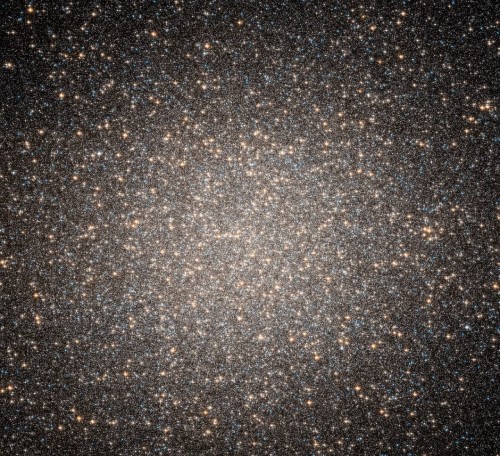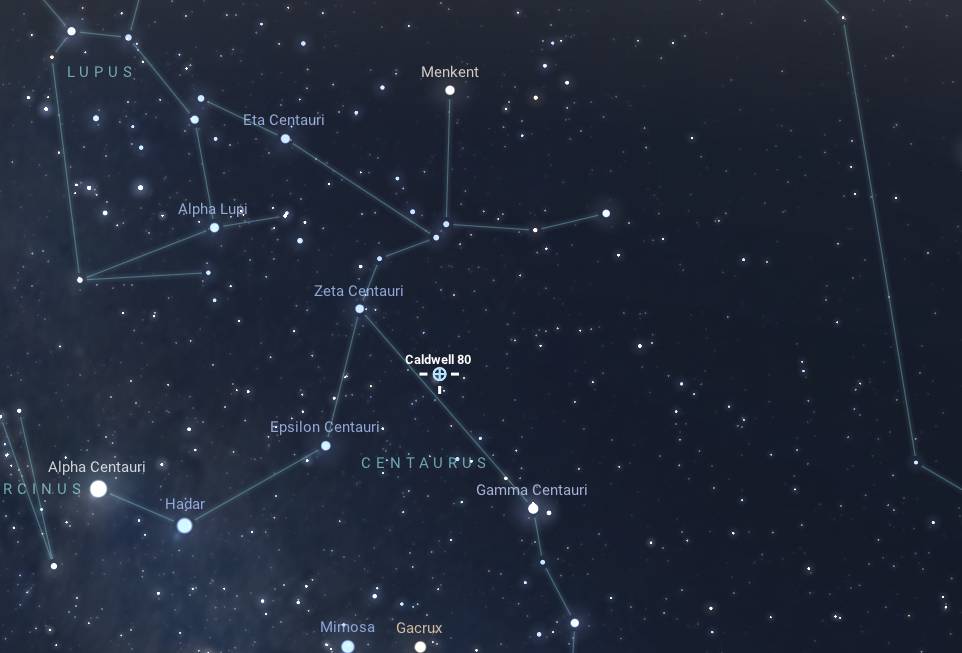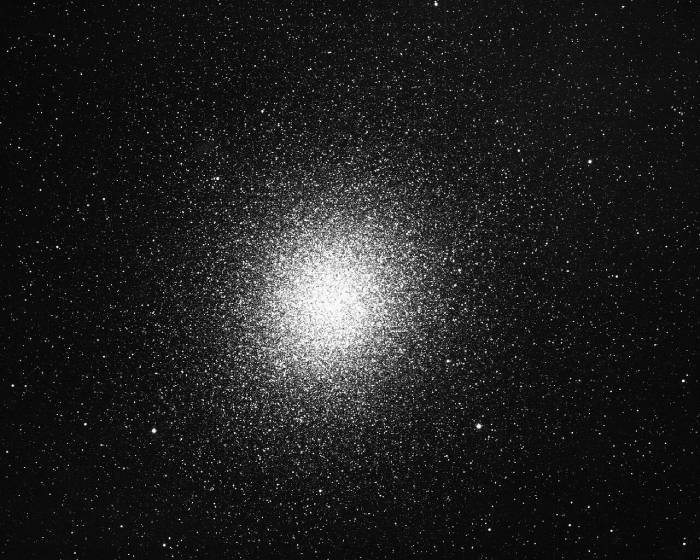Omega Centauri, also known as NGC 5139 or Caldwell 80, is one of the most remarkable and massive globular clusters in the Milky Way galaxy. Located in the constellation Centaurus near the boundary with Hydra, it resides in the southern celestial hemisphere and is best observed from southern latitudes, where it is a prominent feature of the night sky.
The cluster has been known since antiquity and was catalogued by the Greek astronomer Ptolemy in the 2nd century AD. Rediscovered by Italian astronomer Edmond Halley in 1677, Omega Centauri’s true nature as a globular cluster was finally recognized in the 19th century by English astronomer John Herschel, who identified it as a densely packed, spherical star cluster rather than a singular celestial object.
Physical Characteristics
NGC 5139 is an exceptionally large and massive globular cluster, spanning about 150 light-years across. It contains an estimated 10 million stars, making it one of the largest known globular clusters in our galaxy. With a total mass of approximately 4 million times that of the Sun, Omega Centauri stands out as the most massive of its kind in the Milky Way.
The stars within Omega Centauri are predominantly ancient, with ages ranging from 12 to 13 billion years, indicating that the cluster formed in the early stages of the galaxy’s evolution. Its metallicity, or abundance of elements heavier than hydrogen and helium, is relatively low, which aligns with its extreme age and suggests it may be one of the oldest objects in the Milky Way. Interestingly, Omega Centauri has multiple stellar populations with different metallicities, hinting that it may have once been part of a dwarf galaxy that was later captured and absorbed by the Milky Way.

The cluster’s core is extraordinarily dense, with stars packed so closely that stellar collisions are thought to be relatively frequent. These high-energy interactions have likely contributed to the formation of exotic stellar objects, such as millisecond pulsars, which are observed in significant numbers within Omega Centauri.
Observation
NGC 5139 is best viewed from southern latitudes, particularly during the Southern Hemisphere’s autumn months (March to May), when the constellation Centaurus is at its highest point in the sky. With an apparent magnitude of about 3.7, the cluster is visible to the naked eye under dark skies, where it appears as a bright, fuzzy patch of light. When viewed through binoculars or a telescope, this “fuzziness” resolves into a dense concentration of individual stars, revealing the cluster’s true nature and giving a glimpse of its astounding stellar density. Omega Centauri spans an apparent diameter of approximately 36 arcminutes, which is about the size of the full moon, making it one of the largest and most spectacular globular clusters to observe.
Omega Centauri’s brightness, size, and historical significance make it an object of fascination for both amateur and professional astronomers. Its uniqueness among globular clusters continues to intrigue researchers, who study it for clues about galaxy formation and the early universe.




